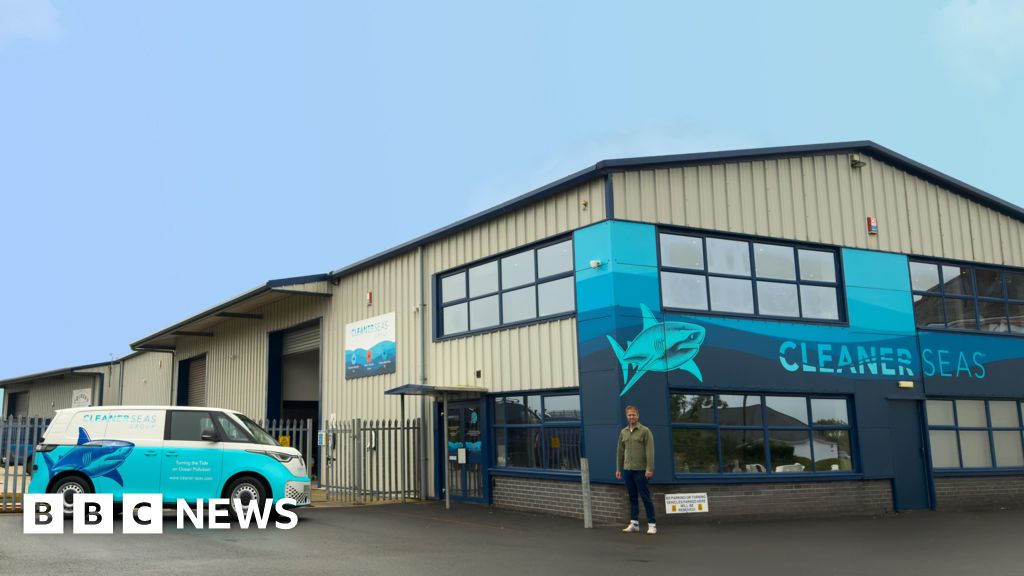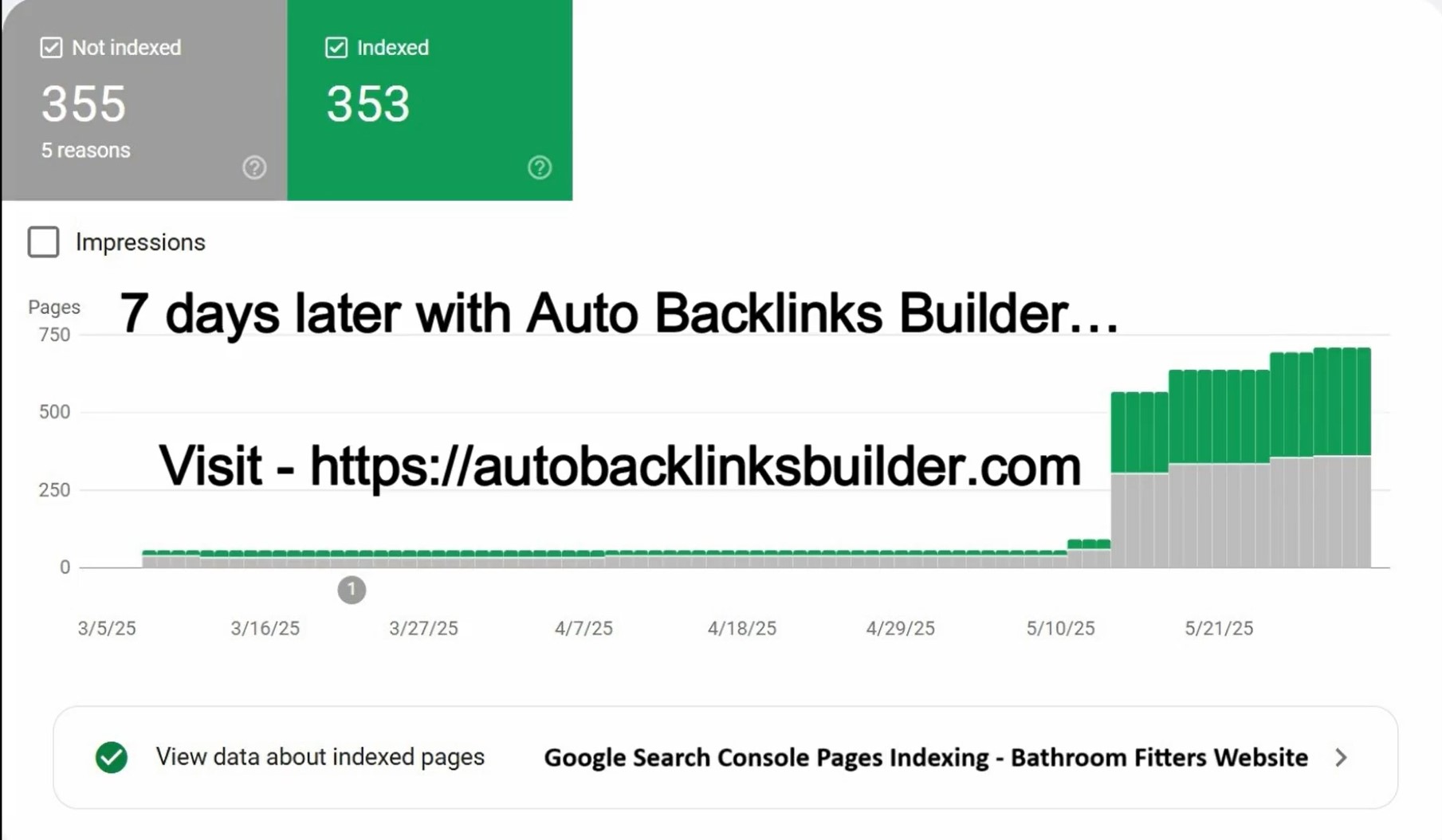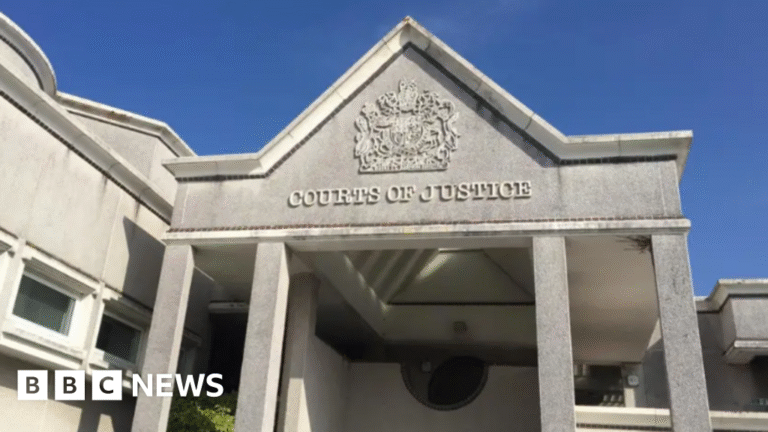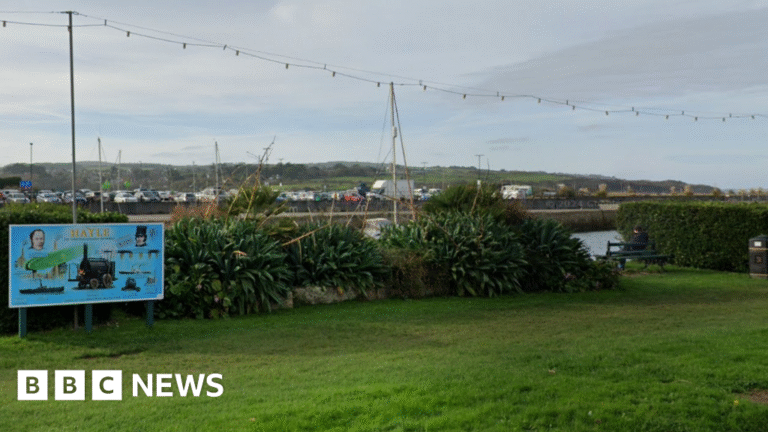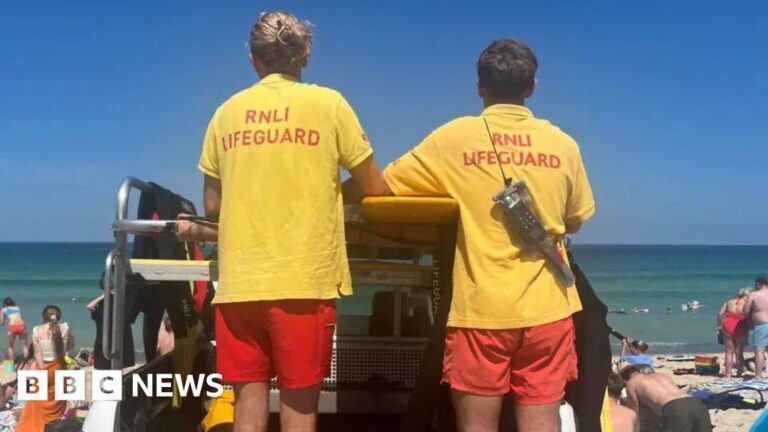Recycling Microfibers: Cleaning Up Clothes Washing
A groundbreaking initiative spearheaded by the Cleaner Seas Group promises to significantly reduce microfiber pollution. The group has established a recycling center with the capacity to process a substantial 86 tonnes of microfibres annually, extracted from the wastewater generated during clothes washing. This innovative approach directly addresses the environmental concerns associated with textile waste, which often finds its way into our waterways and oceans, harming marine ecosystems. While the specific location of this facility isn't explicitly detailed in the provided source, its impact is undeniably far-reaching. By intercepting microfibers before they enter the water system, the center contributes to cleaner seas and healthier aquatic life. The initiative's success hinges on effective community engagement and collaborative efforts to reduce the flow of microfibers from washing machines. The Cleaner Seas Group's work not only showcases technological advancement in waste management but also highlights the vital role of community action in environmental conservation. This local success story could inspire similar initiatives globally, helping to tackle the widespread challenge of microfiber pollution. The economic impact, although not directly discussed, could also be significant, potentially leading to job creation in waste management and recycling sectors. The center's operation represents a model for sustainable textile practices, encouraging consumers and businesses alike to adopt more environmentally conscious habits and support recycling efforts. The long-term implications of this project extend beyond immediate environmental benefits; it could drive innovation in textile manufacturing and wastewater treatment, paving the way for a more sustainable future. Furthermore, the potential for scaling this model to other communities and regions offers a beacon of hope in the fight against plastic pollution.

